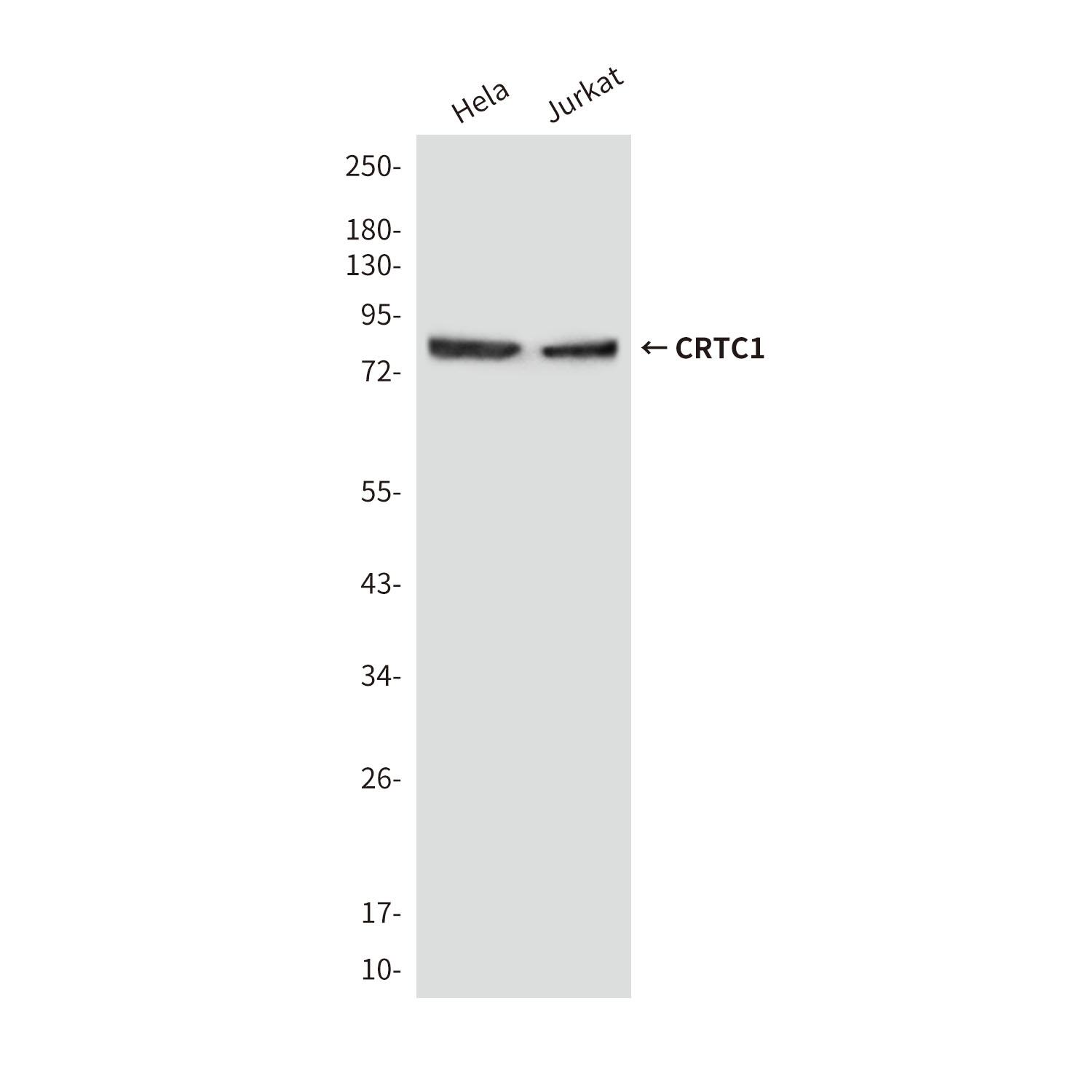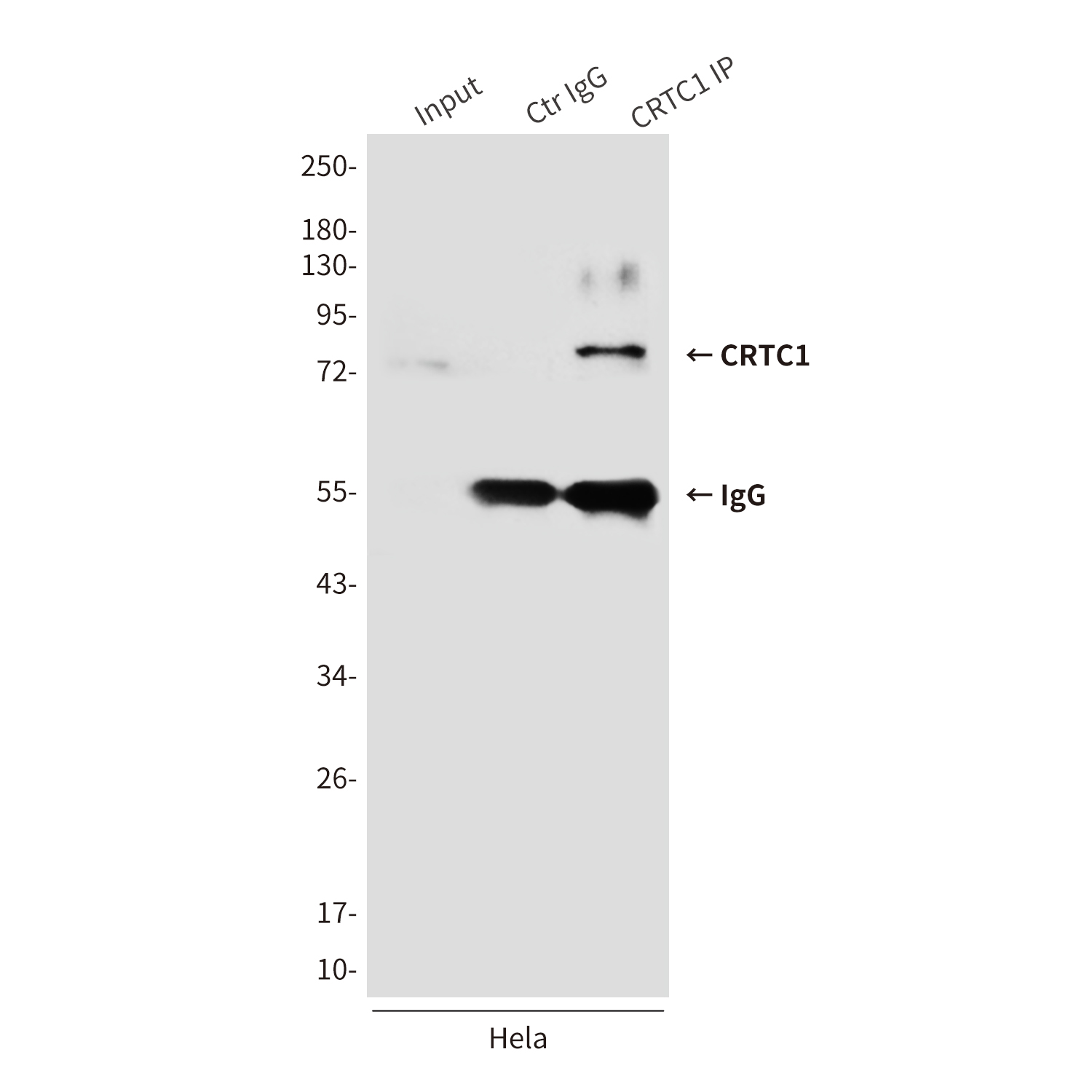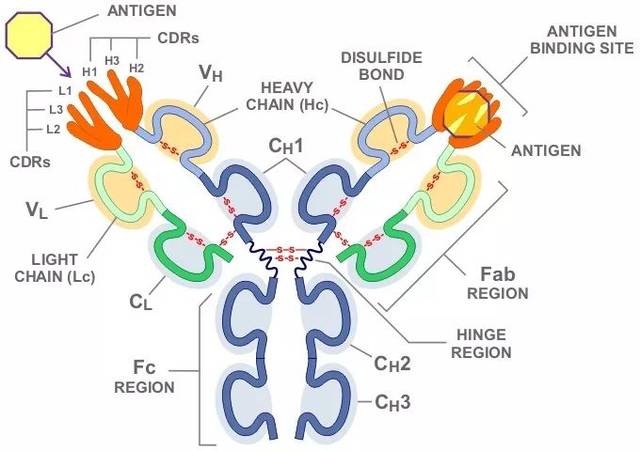Product Name :
TORC1 monoclonal antibody Background :
Glucose homeostasis is regulated by hormones and cellular energy status. Elevations of blood glucose during feeding stimulate insulin release from pancreatic β-cells through a glucose sensing pathway. Feeding also stimulates release of gut hormones such as glucagon-like peptide-1 (GLP-1), which further induces insulin release, inhibits glucagon release and promotes β-cell viability. CREB-dependent transcription likely plays a role in both glucose sensing and GLP-1 signaling. The protein CRTC2 (CREB-regulated transcription coactivator 2)/TORC2 (transducer of regulated CREB activity 2) functions as a CREB co-activator and is implicated in mediating the effects of these two pathways. In quiescent cells, CRTC2/TORC2 is phosphorylated at Ser171 and becomes sequestered in the cytoplasm via an interaction with 14-3-3 proteins. Glucose and gut hormones lead to the dephosphorylation of CRTC2/TORC2 and its dissociation from 14-3-3 proteins. Dephosphorylated CRTC2/TORC2 enters the nucleus to promote CREB-dependent transcription. CRTC2/TORC2 plays a key role in the regulation of hepatic gluconeogenic gene transcription in response to hormonal and energy signals during fasting. CRTC2/TORC2-related proteins CRTC1/TORC1 and CRTC3/TORC3 also act as CREB co-activators . CRTC1/TORC1, CRTC2/TORC2 and CRTC3/TORC3 associate with the HTLV Tax protein to promote Tax-dependent transcription of HTLV-1 long terminal repeats. CRTC1/TORC1 is highly phosphorylated at Ser151 in mouse hypothalamic cells under basal conditions. When these cells are exposed to cAMP or a calcium activator, CRTC1/TORC1 is dephosphorylated and translocates into the nucleus. CRTC1/TORC1 is essential for energy balance and fertility. Product :
Liquid in PBS containing 50% glycerol, 0.5% BSA and 0.02% sodium azide, pH 7.3. Storage&Stability :
Store at 4°C short term. Aliquot and store at -20°C long term. Avoid freeze-thaw cycles. Specificity :
Recognizes endogenous levels of TORC1 protein. Immunogen :
Purified recombinant human MECT1 / Torc1 protein fragments expressed in E.coli. Conjugate :
Unconjugated Modification :
Unmodification
TORC1 monoclonal antibody Background :
Glucose homeostasis is regulated by hormones and cellular energy status. Elevations of blood glucose during feeding stimulate insulin release from pancreatic β-cells through a glucose sensing pathway. Feeding also stimulates release of gut hormones such as glucagon-like peptide-1 (GLP-1), which further induces insulin release, inhibits glucagon release and promotes β-cell viability. CREB-dependent transcription likely plays a role in both glucose sensing and GLP-1 signaling. The protein CRTC2 (CREB-regulated transcription coactivator 2)/TORC2 (transducer of regulated CREB activity 2) functions as a CREB co-activator and is implicated in mediating the effects of these two pathways. In quiescent cells, CRTC2/TORC2 is phosphorylated at Ser171 and becomes sequestered in the cytoplasm via an interaction with 14-3-3 proteins. Glucose and gut hormones lead to the dephosphorylation of CRTC2/TORC2 and its dissociation from 14-3-3 proteins. Dephosphorylated CRTC2/TORC2 enters the nucleus to promote CREB-dependent transcription. CRTC2/TORC2 plays a key role in the regulation of hepatic gluconeogenic gene transcription in response to hormonal and energy signals during fasting. CRTC2/TORC2-related proteins CRTC1/TORC1 and CRTC3/TORC3 also act as CREB co-activators . CRTC1/TORC1, CRTC2/TORC2 and CRTC3/TORC3 associate with the HTLV Tax protein to promote Tax-dependent transcription of HTLV-1 long terminal repeats. CRTC1/TORC1 is highly phosphorylated at Ser151 in mouse hypothalamic cells under basal conditions. When these cells are exposed to cAMP or a calcium activator, CRTC1/TORC1 is dephosphorylated and translocates into the nucleus. CRTC1/TORC1 is essential for energy balance and fertility. Product :
Liquid in PBS containing 50% glycerol, 0.5% BSA and 0.02% sodium azide, pH 7.3. Storage&Stability :
Store at 4°C short term. Aliquot and store at -20°C long term. Avoid freeze-thaw cycles. Specificity :
Recognizes endogenous levels of TORC1 protein. Immunogen :
Purified recombinant human MECT1 / Torc1 protein fragments expressed in E.coli. Conjugate :
Unconjugated Modification :
Unmodification
-
 Western blot analysis of TORC1 expression in Hela (A), Jurkat (B) whole cell lysates.
Western blot analysis of TORC1 expression in Hela (A), Jurkat (B) whole cell lysates. -

Bioworld Biotech only provide peptides for our antibodies and do not provide additional peptide customization services.
Price/Size :
USD 368/1mg/vial
Tips:
For phospho antibody, we provide phospho peptide(0.5mg) and non-phospho peptide(0.5mg).Describe :
Blocking peptides are peptides that bind specifically to the target antibody and block antibody binding. These peptide usually contains the epitope recognized by the antibody. Antibodies bound to the blocking peptide no longer bind to the epitope on the target protein. This mechanism is useful when non-specific binding is an issue, for example, in Western blotting (WB) and Immunohistochemistry (IHC). By comparing the staining from the blocked antibody versus the antibody alone, one can see which staining is specific; Specific binding will be absent from the western blot or IHC performed with the neutralized antibody.Formula:
Synthetic peptide was lyophilized with 100% acetonitrile and is supplied as a powder. Reconstitute with 0.1 ml DI water for a final concentration of 10 mg/ml.The purity is >90%,tested by HPLC and MS.
Storage:
The freeze-dried powder is more stable. For short time at 2-8°C. For long term storage store at -20°C.
Note :
This product is for research use only (RUO only). Not for use in diagnostic or therapeutic procedures.
 TORC1 monoclonal antibody
TORC1 monoclonal antibody  Datasheet
Datasheet COA
COA MSDS
MSDS SHIP
SHIP